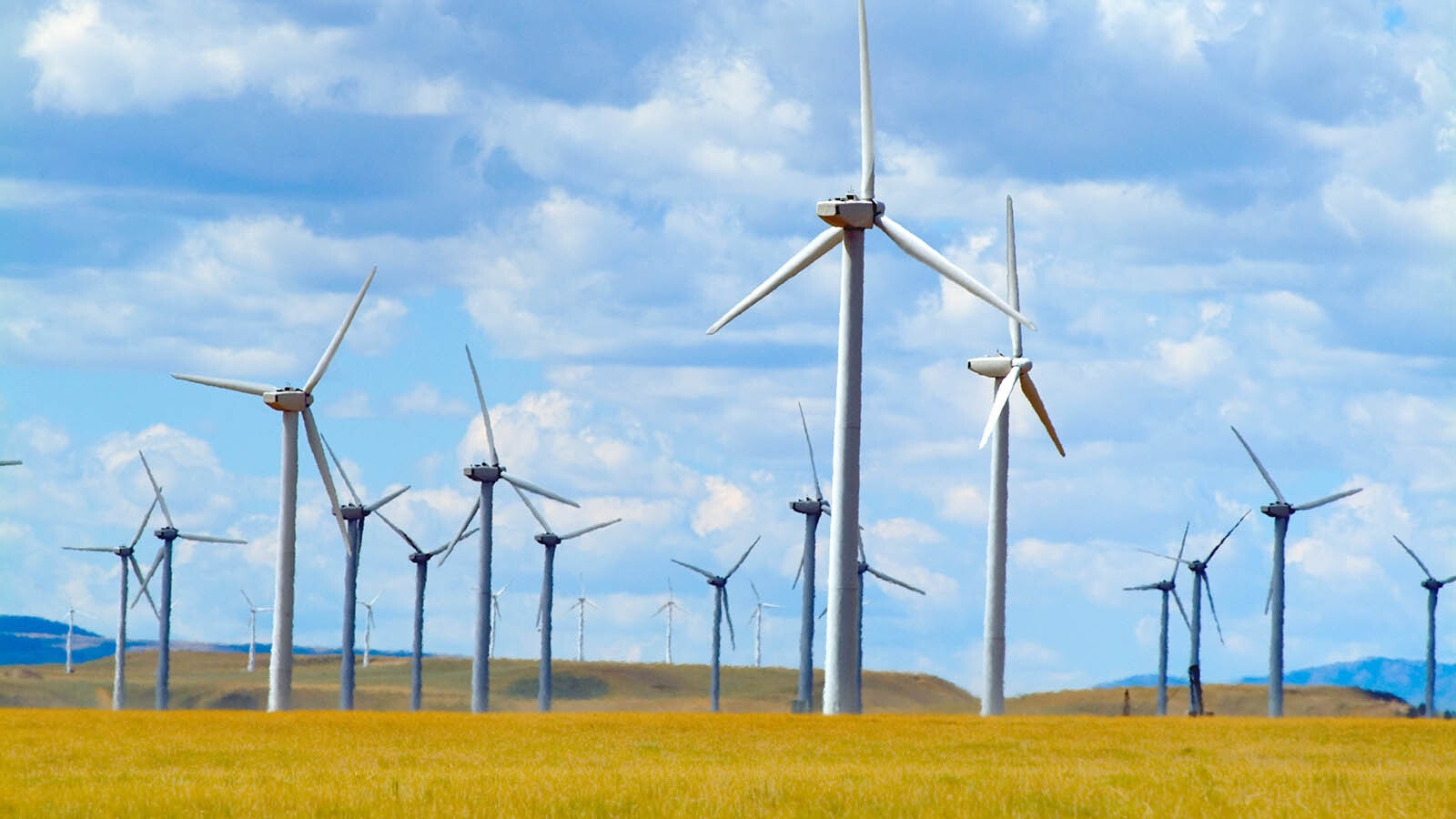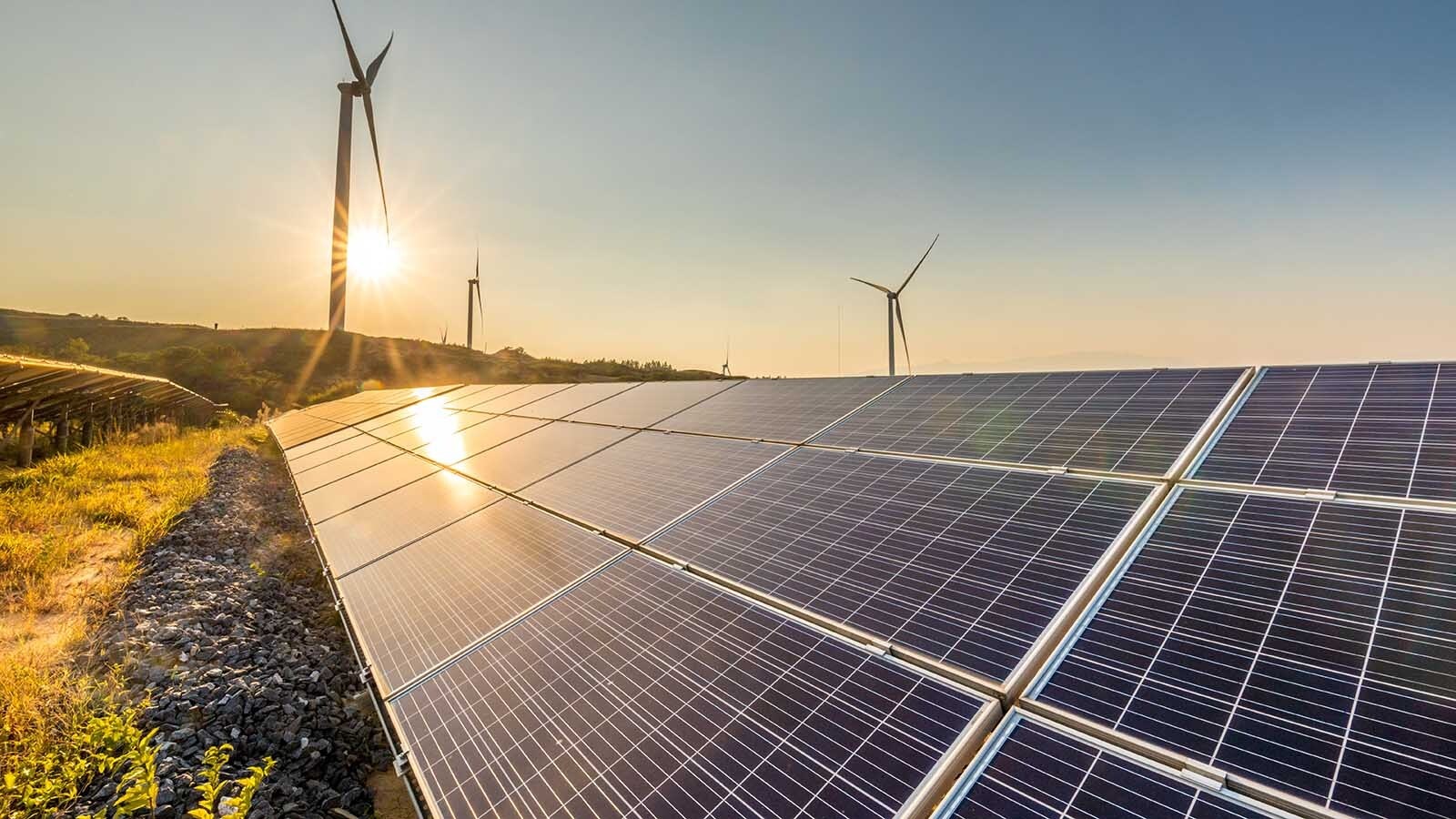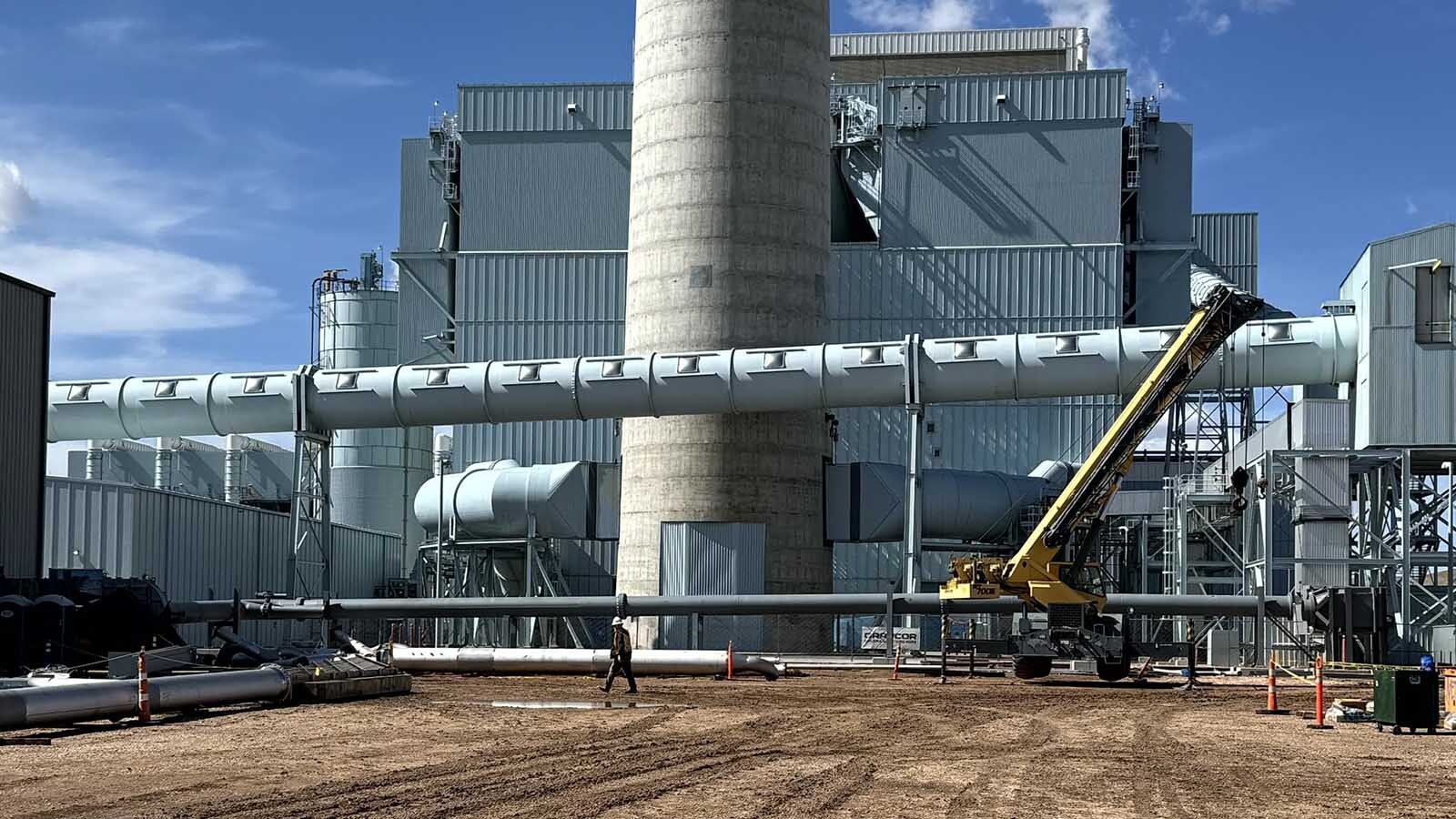The White House announced the final rules for its funding program to build electric vehicle (EV) charging stations across the United States.
Along with the announcement was news that Tesla will open about 7,500 of its Superchargers to EV drivers of all makes by next year. Tesla also plans to double the number of stations in its American network.
Tesla’s announcement comes as the federal government is releasing its final rules for the funding program. Since the federal money allows for modifications of existing stations, it’s possible Tesla plans to tap into that money to modify its Superchargers for all makes and models of EVs.
Wyoming’s EV Charging Plan
The Wyoming Department of Transportation submitted a plan for the National Electric Vehicle Infrastructure (NEVI) program last year and was approved for $24 million over five years.
The money pays 80% of the costs for building 17 charging stations along Interstates 25, 80 and 90, with private businesses owning the stations putting up the rest. The state is not required to provide any money for the program.
The funding also allows for improvements of existing stations and operational costs for up to five years.
To qualify, states had to submit plans showing they would build charging stations every 50 miles along interstates and within a mile of exits, among other requirements.

Exemptions Denied
Trying to make the federal requirements fit Wyoming’s rural landscape — with its long stretches of nothing between towns — was difficult.
The state requested exemptions from the requirements, most of which were denied. The analysis WYDOT did for its NEVI plan also estimated the stations wouldn’t likely be profitable for 20 years, and the department wondered what kind of response it would get to requests for proposals (RFP).
However, since more charging stations would benefit Wyoming’s tourism industry, the state pursued the money.
Before the RFPs could go out to find private business partners, however, the state had to wait for the final rules to be released.
Public Facing
Stations had to also be open to the public, regardless of what kind of electric vehicle anyone was driving — what is called “public facing.”
This made the eligibility of Tesla stations questionable, and the state proceeded with a plan that didn’t factor Tesla stations into meeting its 50-mile requirement.
The news that Tesla, along with all other electric car manufacturers, will start making stations compatible with each other may change things for the state’s NEVI plan.
Jordan Achs, a spokesperson for WYDOT, told Cowboy State Daily the department wouldn’t know how these developments would impact the current NEVI plan until officials had time to review the final federal rules and got more details from Tesla as to what stations would be public facing.
Besides being available for all makes and models of EVs, charging stations have to be within a mile of an exit and placed at least 50 miles from another station along the interstates, among other requirements, Achs said.
“If a Tesla station meets all of those requirements in the federal rules, and it’s public facing, that would definitely affect our planned future, especially future iterations of the plan as we look at where we still have gaps and where we’ve built out already,” Achs said.
Charging Protocols
Jason Bloomberg, a Cheyenne physician and Tesla driver, said it’s not entirely accurate that Tesla charging stations are only for Teslas. That only applies to Tesla Superchargers, which use direct current (DC) to rapidly charge vehicles.
“That’s a whole other animal. And while you can put a physical connector on it, it won’t activate, because the charging protocols are different,” Bloomberg explained.
When a Tesla driver plugs his or her car into a Tesla charger, the charger reads the vehicle identification number. Some older Teslas have free charging for life, and it’s transferable when the car is sold.
Newer models are charged, and the station will automatically place charges on a credit card that’s on file.
The station also does a safety check and makes sure the car isn’t stolen. The station will lock down the car if it is.
“This is one of the things that makes Teslas a bad car to steal,” Bloomberg said.
For Those About To Charge
The Superchargers are Level 3 charging stations, but Level 2 charging stations use 240-volt alternating current (AC). The car’s battery changes the AC to DC, and makes sure that whatever comes out of the charger doesn’t fry the battery, at least when everything works properly.
The nearest competitor to Tesla charging stations in terms of number of stations in the U.S. is Electrify America stations.
Recently, a few EVs were completely fried when they charged at the company’s stations, including one Rivian owner in San Diego, California, who posted about it on Twitter.
Some electric cars can charge at Level 2 Tesla stations, just not the Level 3 Superchargers.
Bloomberg explained, the adapters have a lot of variability to them. Whereas a Supercharger can charge a car up to 80% — considered the ideal for battery life and performance — in as little as 15 minutes, a Level 2 can take an hour or more.
The announcement that Tesla Superchargers will eventually open to non-Teslas also is part of a trend in the EV world to standardize charging configurations across all makes and models.
Level 1 refers to the 120-volt current standard at U.S. homes.
Magic Dock
Patrick Lawson, owner of Wild West EV, which operates five charging stations in Wyoming, said Tesla’s announcement is good news for EVs in Wyoming.
“There’s nowhere near enough charging stations, and if Tesla opens theirs up to other brands, it’s going to encourage further adoption through Wyoming, so I’m all for it,” Lawson said.
Last month, Tesla leaked plans for its Magic Dock adapter, which will allow non-Tesla drivers to use an app that will lock the correct adapter for their vehicle onto the cable.
Lawson drives a lot of different EVs. He’s previously driven a Rivian, but recently acquired one of the scarce Ford F-150 Lightnings.
Ford announced this week it’s pausing production of the electric trucks because of an unspecified battery issue.
Lawson said his Lightning is powerful and gives an easy ride.
“It’s got tons of power. It’s crazy smooth. There’s no gear shifting,” Lawson said.
It gets a range of about 330 miles under normal weather conditions, Lawson said. Towing a full load will drop that down to about 175 miles.
More Money
Lawson said he’s concerned that Tesla’s move toward a more open charging network will also mean more competition for NEVI funding.
Wild West EV was looking into the federal program as a way to expand its own networks, depending on the specifications in the RFPs when they were finally released. He was possibly going to pursue some of that money.
In addition to the NEVI funds, another $2.5 billion over five years from the Bipartisan Infrastructure Law will support charging stations in downtown areas and local neighborhoods.
That money is available to cities, counties and local governments.





